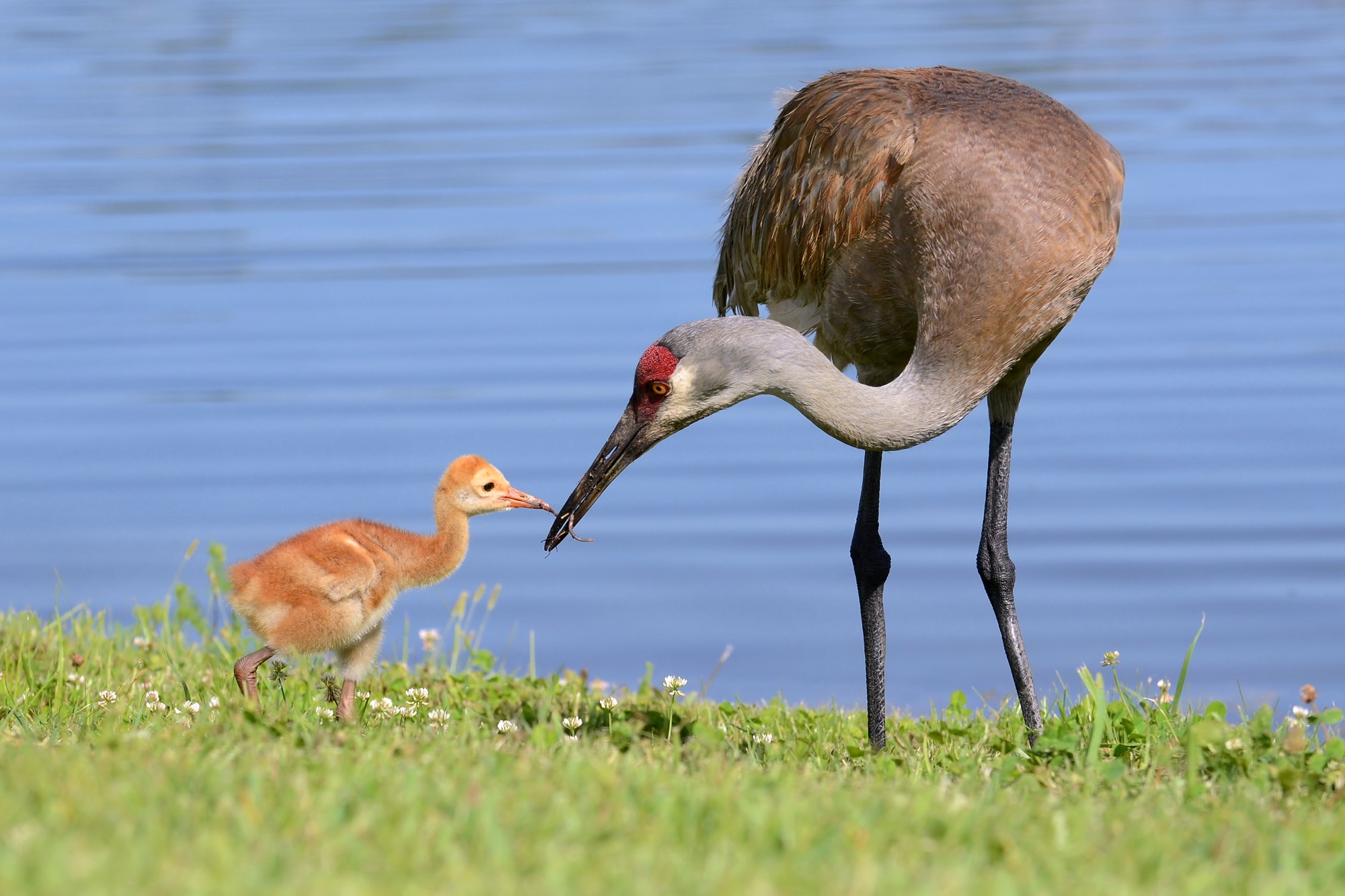Browse "Things"
-
Article
Salish Woolly Dog
The Salish Woolly dog was an important part of Coast Salish life throughout southern Vancouver Island, the Strait of Georgia, and Washington State, as the dogs’ hair was used to weave clothing and blankets. Due to the increased presence of European settlers and their machine-spun sheep wool, the Salish Woolly dog population declined in the 1800s until its extinction around 1900.
"https://d2ttikhf7xbzbs.cloudfront.net/media/new_article_images/Salish-wooly-dog.jpg" // resources/views/front/categories/view.blade.php
https://d2ttikhf7xbzbs.cloudfront.net/media/new_article_images/Salish-wooly-dog.jpg
-
Article
Salmon
The salmon is a family of fish, Salmonidae [Lat salire, "to leap"], with soft fin rays, a short dorsal fin, an adipose (fatty) fin, and teeth in the jaws.
"https://d2ttikhf7xbzbs.cloudfront.net/media/media/35912412-9cef-4ef3-b31e-39c08f537a34.jpg" // resources/views/front/categories/view.blade.php
https://d2ttikhf7xbzbs.cloudfront.net/media/media/35912412-9cef-4ef3-b31e-39c08f537a34.jpg
-
Article
Salmonella
The OrganismThe organism that causes salmonella is a genus of bacteria of the family Enterobacteriaceae, members of which are commonly found in the intestinal tract of humans and other animals. It is named after D.E. Salmon, the American bacteriologist who described it in 1885.
"https://development.thecanadianencyclopedia.ca/images/tce_placeholder.jpg?v=e9dca980c9bdb3aa11e832e7ea94f5d9" // resources/views/front/categories/view.blade.php
https://development.thecanadianencyclopedia.ca/images/tce_placeholder.jpg?v=e9dca980c9bdb3aa11e832e7ea94f5d9
-
Article
Salt
Sodium chloride (NaCl), or common salt, is ubiquitous in the environment. In its solid form, salt crystallizes as colourless cubes and is called rock salt. Salt is also known to geologists as halite. Its crystal structure was the first to be determined by X-rays.
"https://development.thecanadianencyclopedia.ca/images/tce_placeholder.jpg?v=e9dca980c9bdb3aa11e832e7ea94f5d9" // resources/views/front/categories/view.blade.php
https://development.thecanadianencyclopedia.ca/images/tce_placeholder.jpg?v=e9dca980c9bdb3aa11e832e7ea94f5d9
-
Article
Salvation Army
The Salvation Army (sometimes referred to as the Sally Ann) officially began its work in Canada in London, Ont, on 1 June 1882. Introduced by fervent believers Mr and Mrs William Freer (Toronto), Jack Addie and Joe Ludgate (London), the Army corps was established in several Ontario towns.
"https://d2ttikhf7xbzbs.cloudfront.net/media/media/455f4c21-d47b-4e02-bd97-cf5c907a1651.jpg" // resources/views/front/categories/view.blade.php
https://d2ttikhf7xbzbs.cloudfront.net/media/media/455f4c21-d47b-4e02-bd97-cf5c907a1651.jpg
-
Article
Same-Sex Marriage in Canada
In 2003, Ontario and British Columbia became the first two provinces to legalize same-sex marriage. The federal Civil Marriage Act came into force on 20 July 2005, making same-sex marriage legal across Canada. Canada became the third country to permit same-sex marriages, after the Netherlands (2000) and Belgium (2003). Since then, all provinces in Canada have recognized same-sex marriages. Marriage itself falls under federal jurisdiction in Canada. But the provinces regulate the solemnization of marriage (the formal ceremony that is either civil or religious). They also grant marriage licenses. The Supreme Court has ruled that under the Charter of Rights and Freedoms, a religious official cannot be legally compelled to perform same-sex marriages if it is contrary to their religious beliefs.
"https://d2ttikhf7xbzbs.cloudfront.net/media/media/46a3c4ec-a503-4e72-bba8-c78f5fcd885a.jpg" // resources/views/front/categories/view.blade.php
https://d2ttikhf7xbzbs.cloudfront.net/media/media/46a3c4ec-a503-4e72-bba8-c78f5fcd885a.jpg
-
Article
Samson
Samson, first locomotive in North America to burn coal and the first to run over all-iron rails. Built in New Shildon, England, it was shipped to Pictou, NS, to haul coal from the Albion Mines 9.6 km over a tramway to Dunbar Point on Pictou Harbour.
"https://development.thecanadianencyclopedia.ca/images/tce_placeholder.jpg?v=e9dca980c9bdb3aa11e832e7ea94f5d9" // resources/views/front/categories/view.blade.php
https://development.thecanadianencyclopedia.ca/images/tce_placeholder.jpg?v=e9dca980c9bdb3aa11e832e7ea94f5d9
-
Article
Sand and Gravel
Sand and gravel are unconsolidated, granular mineral materials produced by the natural disintegration of rock caused by weathering. The terms sand, gravel, clay and silt relate to grain size rather than composition. Sand is material passing through a number 4 (4.
"https://development.thecanadianencyclopedia.ca/images/tce_placeholder.jpg?v=e9dca980c9bdb3aa11e832e7ea94f5d9" // resources/views/front/categories/view.blade.php
https://development.thecanadianencyclopedia.ca/images/tce_placeholder.jpg?v=e9dca980c9bdb3aa11e832e7ea94f5d9
-
Article
Sandhill Crane
The sandhill crane (Antigone canadensis, formerly Grus canadensis) is a large bird in the family Gruidae. With an estimated population of over 650,000, sandhill cranes are the most abundant crane species in the world. They are divided into six subspecies: the migratory Canadian sandhill crane (Antigone canadensis rowani), lesser sandhill crane (Antigone canadensis canadensis) and greater sandhill crane (Antigone canadensis tabida), and the non-migratory Mississippi sandhill crane (Antigone canadensis pulla), Florida sandhill crane (Antigone canadensis pratensis) and Cuban sandhill crane (Antigone canadensis nesiotes). Of these, the Mississippi and Cuban sandhill cranes are considered endangered while the Florida sandhill crane is considered threatened.
"https://d2ttikhf7xbzbs.cloudfront.net/sandhillcrane/Sandhill-Crane-with-Young.jpg" // resources/views/front/categories/view.blade.php
https://d2ttikhf7xbzbs.cloudfront.net/sandhillcrane/Sandhill-Crane-with-Young.jpg
-
"https://d2ttikhf7xbzbs.cloudfront.net/media/media/db84b082-87bb-42fd-9a57-f102344d71fe.jpg" // resources/views/front/categories/view.blade.php
https://d2ttikhf7xbzbs.cloudfront.net/media/media/db84b082-87bb-42fd-9a57-f102344d71fe.jpg
-
Article
Sanofi Pasteur Limited
Sanofi Pasteur Limited, formerly known as Connaught Laboratories Limited of Toronto, is the leading supplier of vaccines in Canada. The parent company is Sanofi Pasteur, one of the world's largest manufacturers of vaccines and a division of Sanofi-aventis, a diversified pharmaceutical company.
"https://development.thecanadianencyclopedia.ca/images/tce_placeholder.jpg?v=e9dca980c9bdb3aa11e832e7ea94f5d9" // resources/views/front/categories/view.blade.php
https://development.thecanadianencyclopedia.ca/images/tce_placeholder.jpg?v=e9dca980c9bdb3aa11e832e7ea94f5d9
-
"https://d2ttikhf7xbzbs.cloudfront.net/media/media/8a982aaa-04b3-4292-a95d-8eb1cfc8f79c.jpg" // resources/views/front/categories/view.blade.php
https://d2ttikhf7xbzbs.cloudfront.net/media/media/8a982aaa-04b3-4292-a95d-8eb1cfc8f79c.jpg
-
Macleans
SARS Epidemic Reaches Canada
This article was originally published in Maclean’s magazine on March 31, 2003. Partner content is not updated. "SEVERE acute respiratory syndrome" hardly rolls off the tongue with ease, but it may yet ingrain itself into the popular lexicon - not necessarily for its virulence, but for the lessons it offers.
"https://development.thecanadianencyclopedia.ca/images/tce_placeholder.jpg?v=e9dca980c9bdb3aa11e832e7ea94f5d9" // resources/views/front/categories/view.blade.php
https://development.thecanadianencyclopedia.ca/images/tce_placeholder.jpg?v=e9dca980c9bdb3aa11e832e7ea94f5d9
-
Article
SARS in Canada
Canada experienced an outbreak of severe acute respiratory syndrome (SARS) in 2003. Most of the infections originated in Toronto hospitals. The outbreak led to the quarantine of thousands, killed 44 people and took an economic toll on Toronto. It also exposed the country’s ill-prepared health-care system. Confusion around SARS fuelled an uptick in anti-Asian racism and anti-immigrant sentiment. Click here for definitions of key terms used in this article.
"https://d2ttikhf7xbzbs.cloudfront.net/media/Twitter_Cards/SARS_twitter_card.jpg" // resources/views/front/categories/view.blade.php
https://d2ttikhf7xbzbs.cloudfront.net/media/Twitter_Cards/SARS_twitter_card.jpg
-
Macleans
SARS Victims Tell Their Stories
This article was originally published in Maclean’s magazine on May 5, 2003. Partner content is not updated. THE SARS OUTBREAK has swept many people into its vortex of tragedy, fear and confusion. The DISEASE suddenly changed their lives in ways they couldn't have imagined.
"https://development.thecanadianencyclopedia.ca/images/tce_placeholder.jpg?v=e9dca980c9bdb3aa11e832e7ea94f5d9" // resources/views/front/categories/view.blade.php
https://development.thecanadianencyclopedia.ca/images/tce_placeholder.jpg?v=e9dca980c9bdb3aa11e832e7ea94f5d9
